Introduction to Strategic Chess Trades
In chess, every move can alter the outcome of the game, and among the most critical decisions a player makes is whether to engage in piece exchanges. Strategic trades in chess involve more than simply swapping pieces of equivalent nominal value. The decision to exchange should be informed by your overall game strategy, the dynamics of the specific position, and long-term tactical advantages. In this article, we explore the depth and nuances of knowing which pieces to exchange to improve your chess game.
Understanding the Value of Chess Pieces
Before diving into the strategy behind trading pieces, it's crucial to understand the basic value of each chess piece. Typically, pieces are valued as follows: pawns are worth 1 point, knights and bishops about 3 points each, rooks are valued at 5 points, and the queen approximately 9 points. The king, while invaluable because his capture means the end of the game, does not have a numerical value for trading purposes.
However, these values aren't absolute but vary depending on the position on the board and the stage of the game. For instance, bishops might be more valuable than knights in open positions with many diagonals open, while knights could be stronger in closed positions.
When to Trade Pieces in Chess
Trading to Simplify the Position
One of the strategic reasons for trading pieces is to simplify the position. This is particularly useful when you are ahead in material (you have more or higher value pieces than your opponent). By trading down pieces, you reduce your opponent's chances of staging a comeback, especially in complex positions. Simplifying the board can make it easier to convert a material advantage into a win.
Trading to Exploit Imbalances
Another strategic use of trades in chess is to create or exploit imbalances in the position. If your opponent's position relies on specific pieces for defense or attack, exchanging these key pieces can weaken their game and improve your own chances. For example, trading off a defender of a weak pawn can transform it into a target.
Getting Rid of Bad Pieces
If you have a poorly positioned or inactive piece, it might be beneficial to trade it for a more active enemy piece. An example is exchanging a knight on the rim (which is generally weak) for a centrally-placed opponent’s knight that has greater control over the board.
Trading to Open Lines
Sometimes, trades are the best way to open up lines for other pieces to enter into play or attack. For example, exchanging a central pawn can open files for rooks or diagonals for bishops, which can drastically improve the activity and efficacy of your remaining pieces.
Detailed Examples of Strategic Trading
Exemplifying Simplification
Imagine a scenario where you're ahead by a rook against a bishop in the endgame. Here, each trade you make brings you closer to a win, especially pawn trades. Each pawn eliminated means one less potential problem on the board, reducing the complexity of the position and minimizing the chances of a counterattack or a fortress by your opponent.
Creating Imbalances
Consider a position where both players have all their minor pieces but you have a pair of bishops against a bishop and knight on a very open board. Trading one of your bishops for the knight can leave your opponent with a bad bishop against your good bishop, thereby creating an imbalance you can exploit.
Strategic Knight vs. Bishop Exchanges
The decision to trade a knight for a bishop (or vice versa) often depends on the nature of the pawn structure and the openness of the board. In positions with locked pawn structures and limited mobility, a knight can often outmaneuver a bishop. Conversely, in open positions where pawns are not fixed, the bishop can exert long-range pressure and control more squares effectively.
Common Mistakes in Trading Chess Pieces
Trading Without Purpose
One of the common mistakes in chess trades is exchanging pieces without a clear purpose or objective. Every trade should align with your overall strategy or help improve your position. Trading for the sake of simplification or out of fear without considering the strategic consequences can lead to deteriorated positions or loss of advantage.
Overvaluing Material
Another mistake is focusing too much on material advantage. While it's important to keep track of the balance of power in terms of piece value, positional factors such as piece activity, pawn structure, king safety, and control of key squares often outweigh mere material considerations. Sacrificing material for active play and positional dominance can sometimes lead to decisive advantages.
Conclusion
Knowing when and what pieces to trade in chess involves a deep understanding of both the tactical and strategic elements of the game. Successful trades can simplify the position, exploit imbalances, eliminate poor pieces, or activate stronger ones. However, each decision to trade must be guided by a clear purpose, aligning with your overall game plan and taking into consideration the specific conditions of the board. With practice and study, mastering chess trades can significantly elevate your game, making you a formidable opponent on the board.
Explore our large collection of beautiful chess sets!

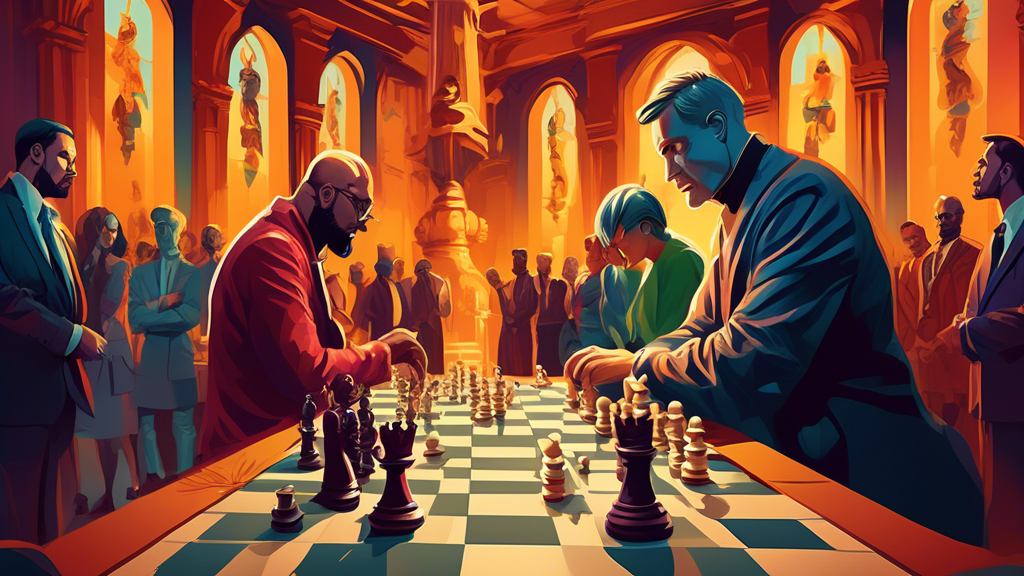
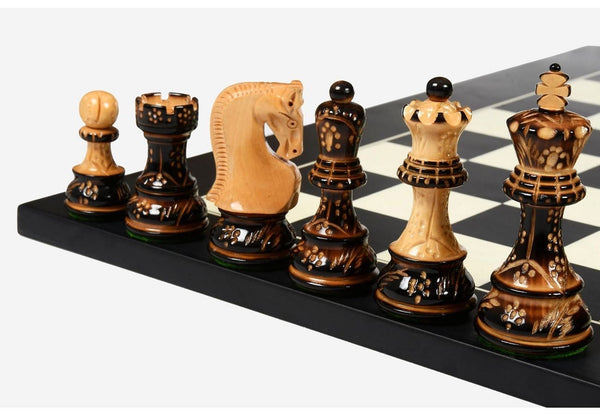
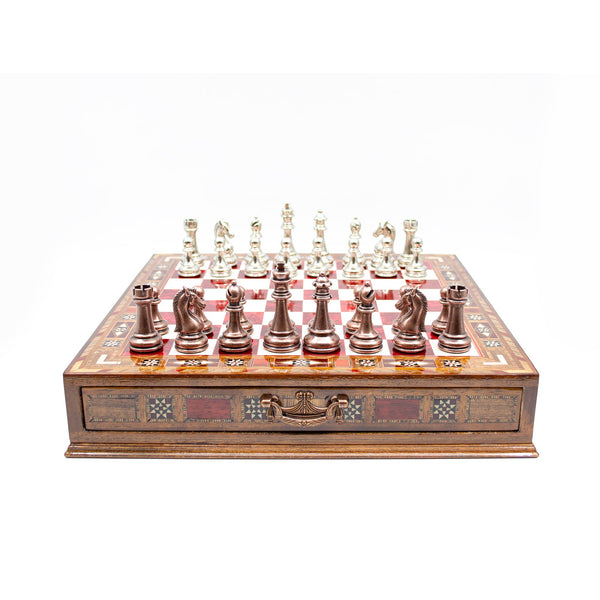
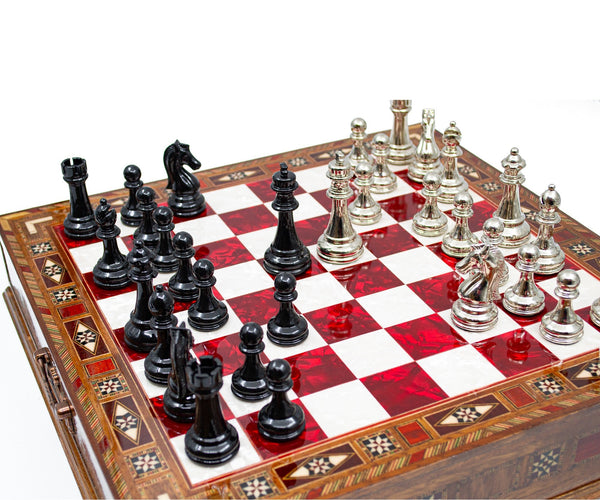
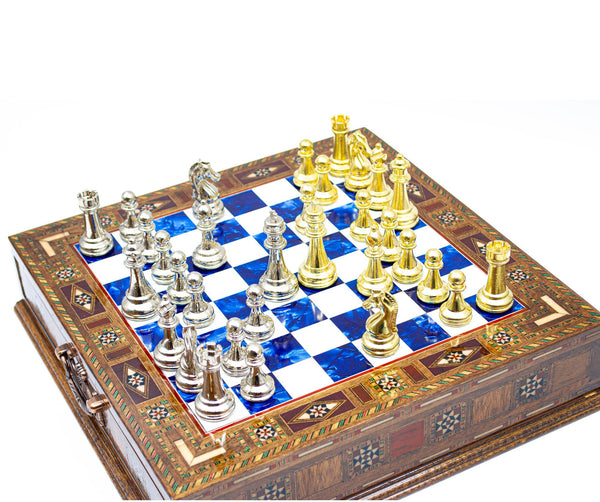
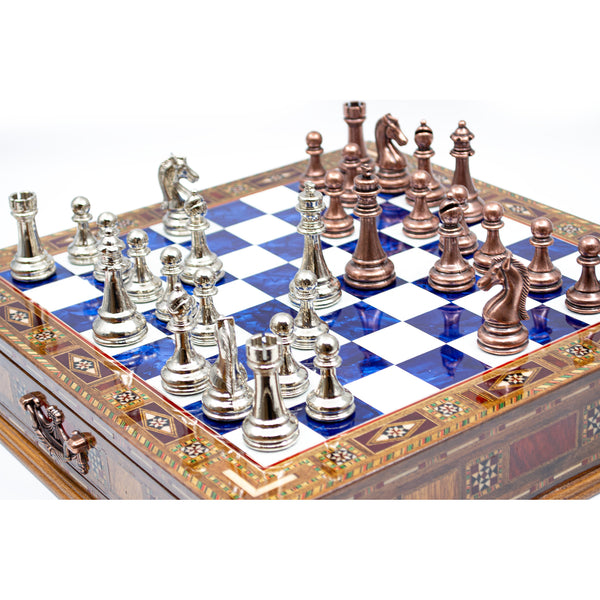
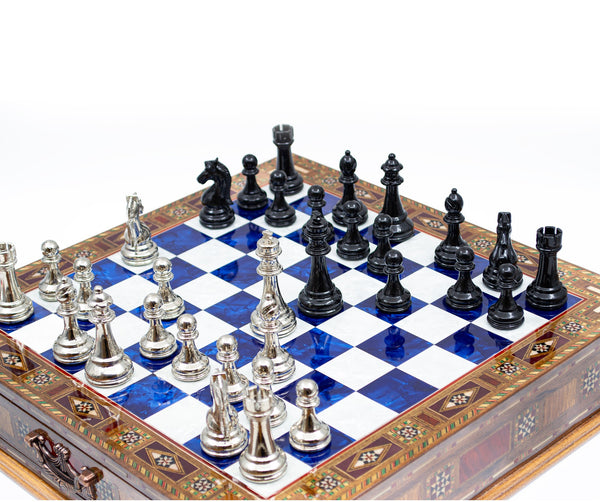



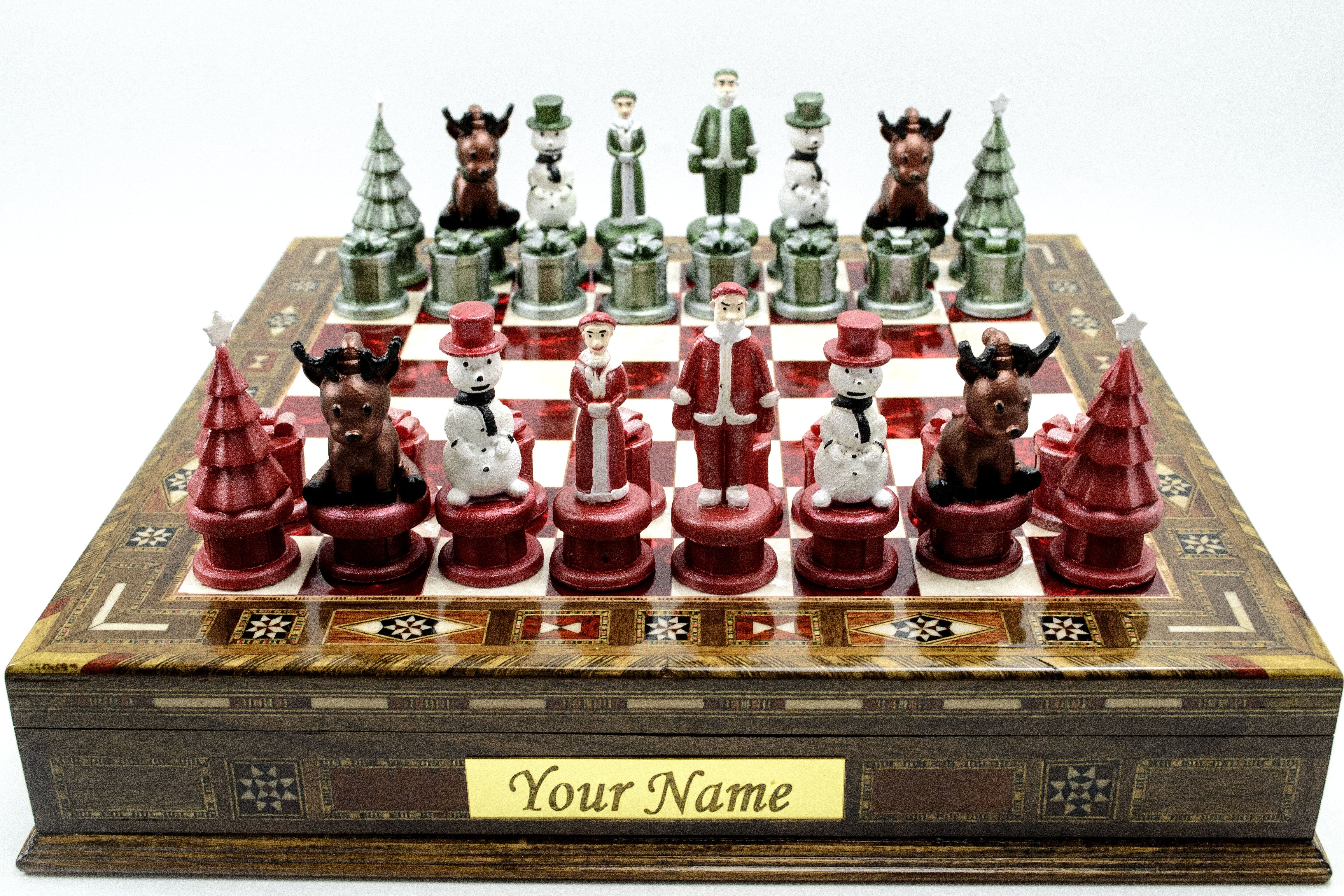




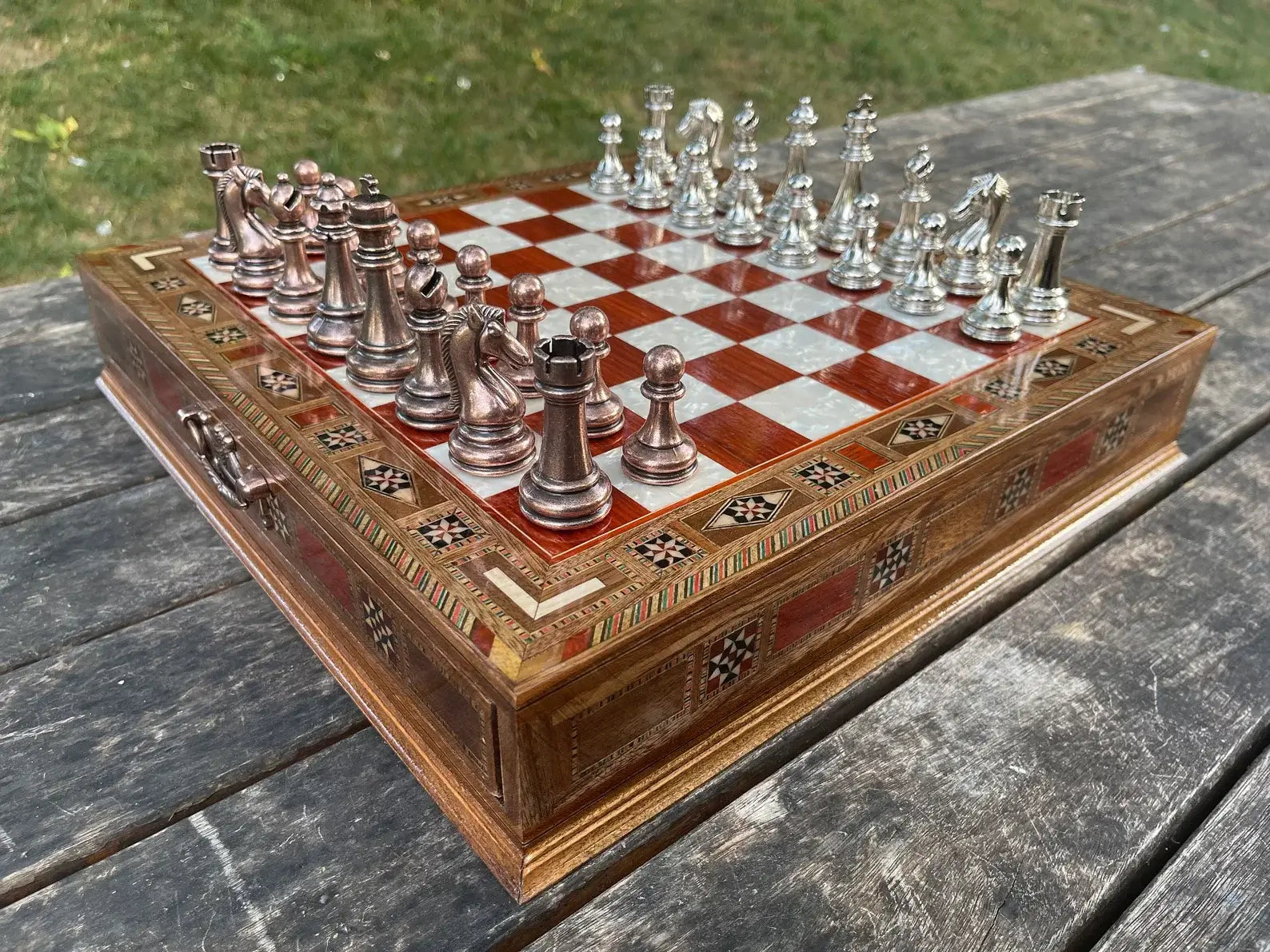
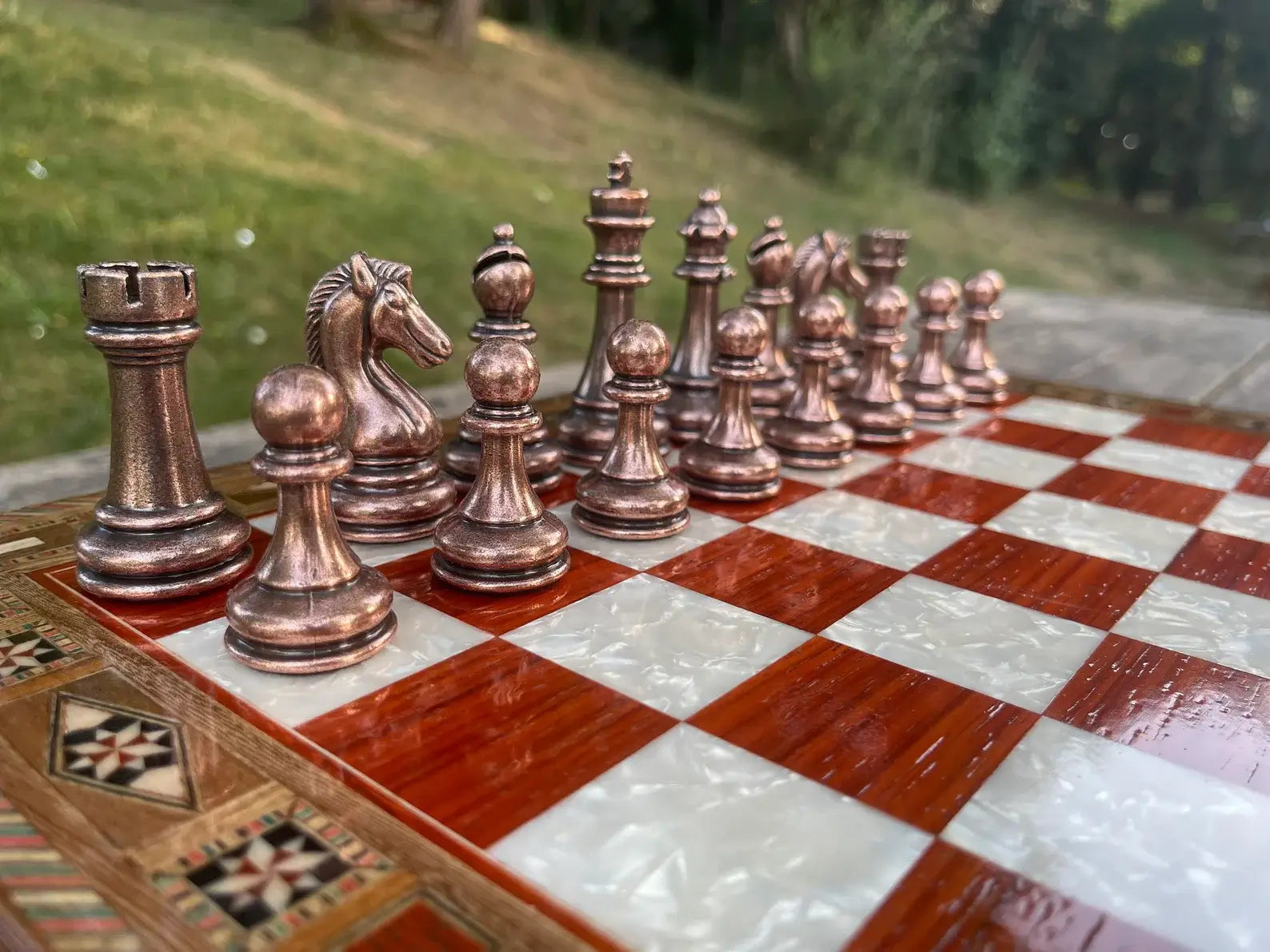
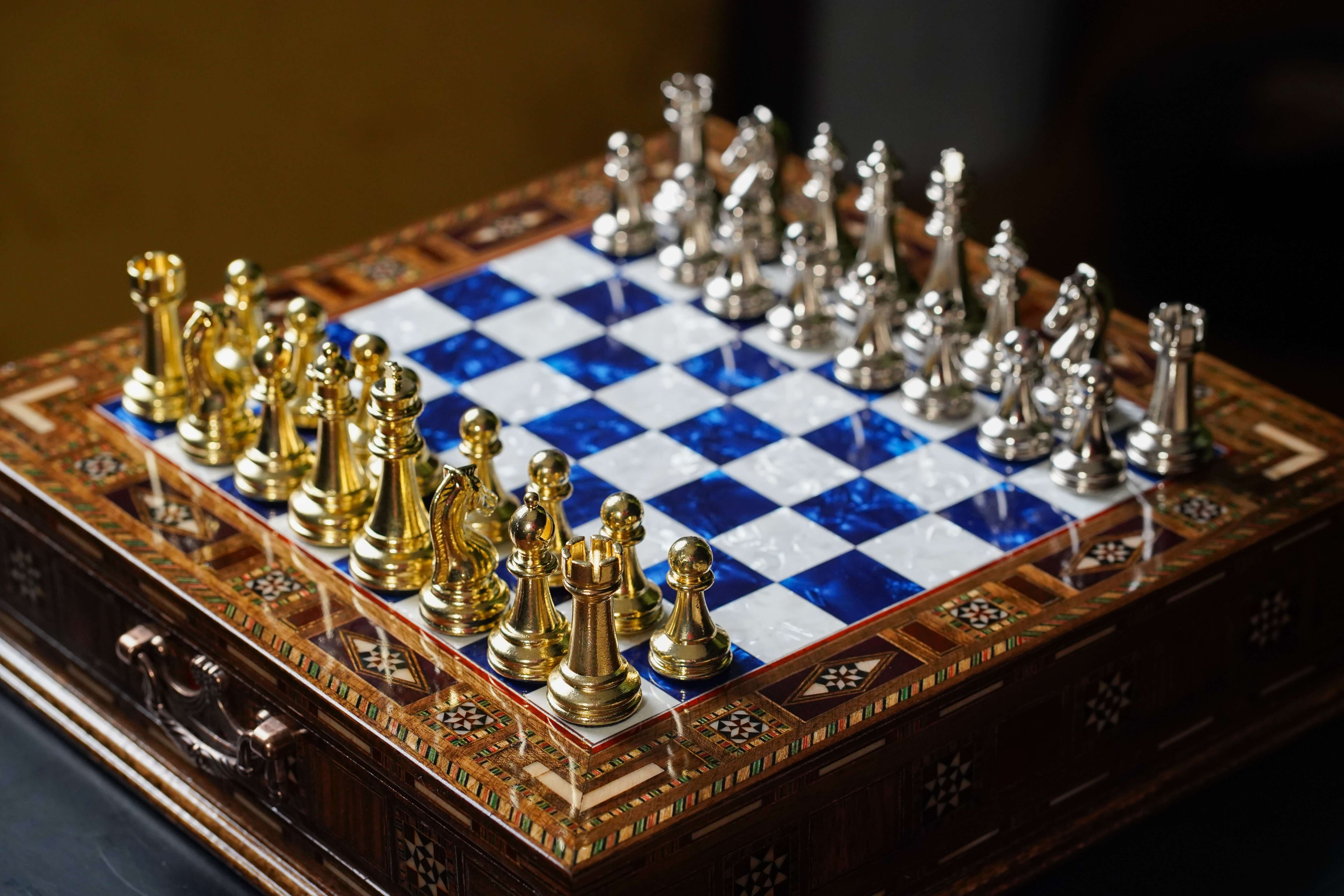
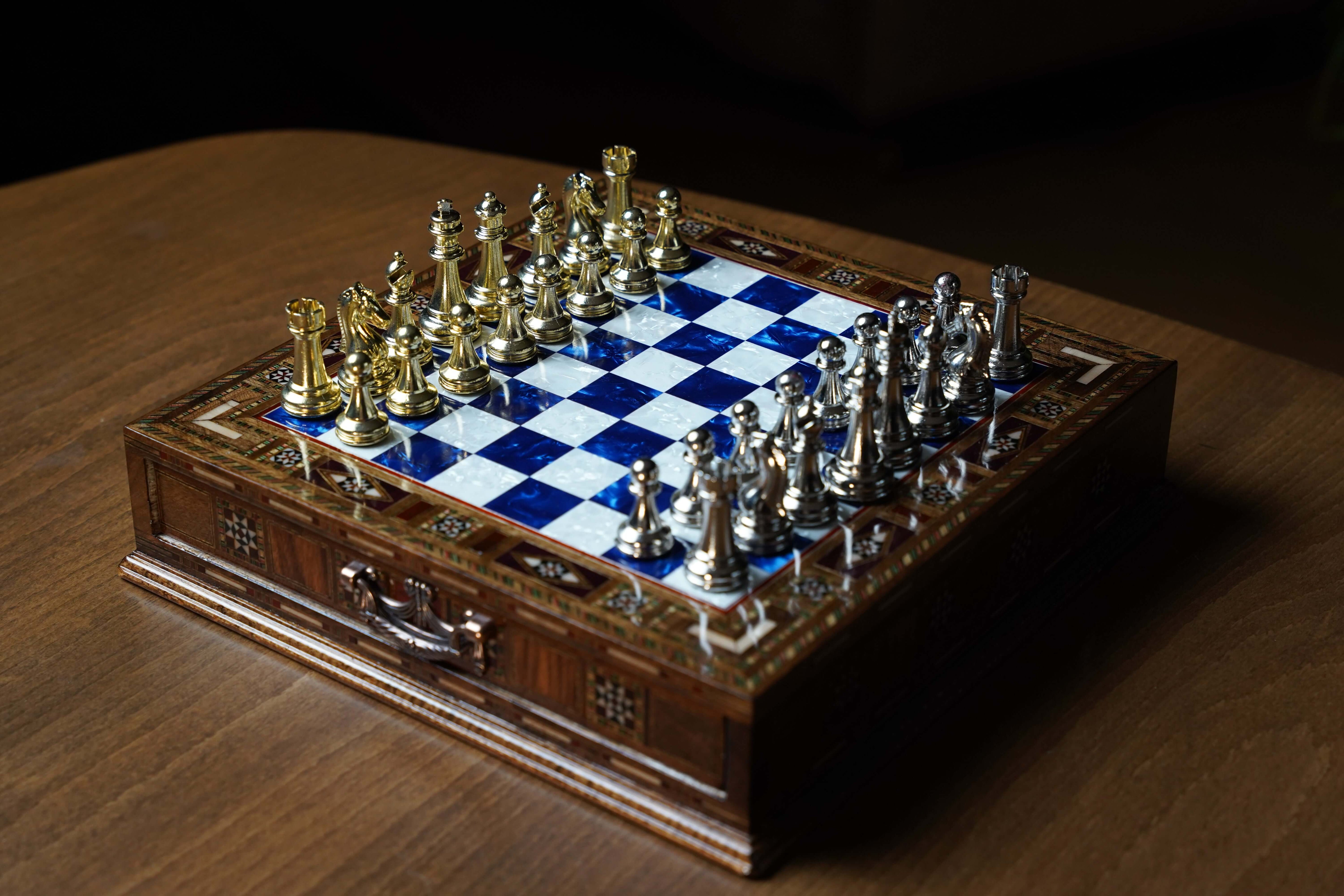
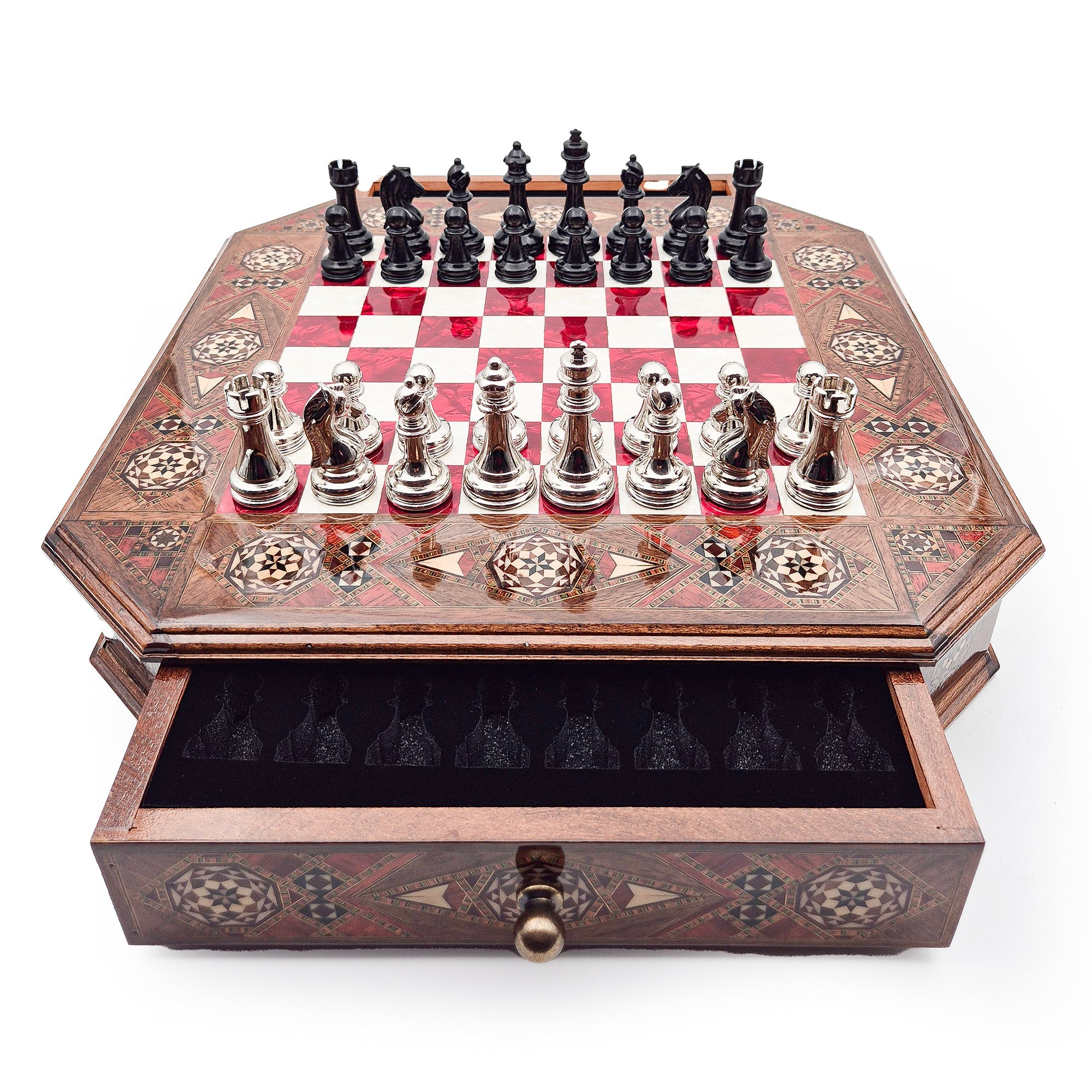
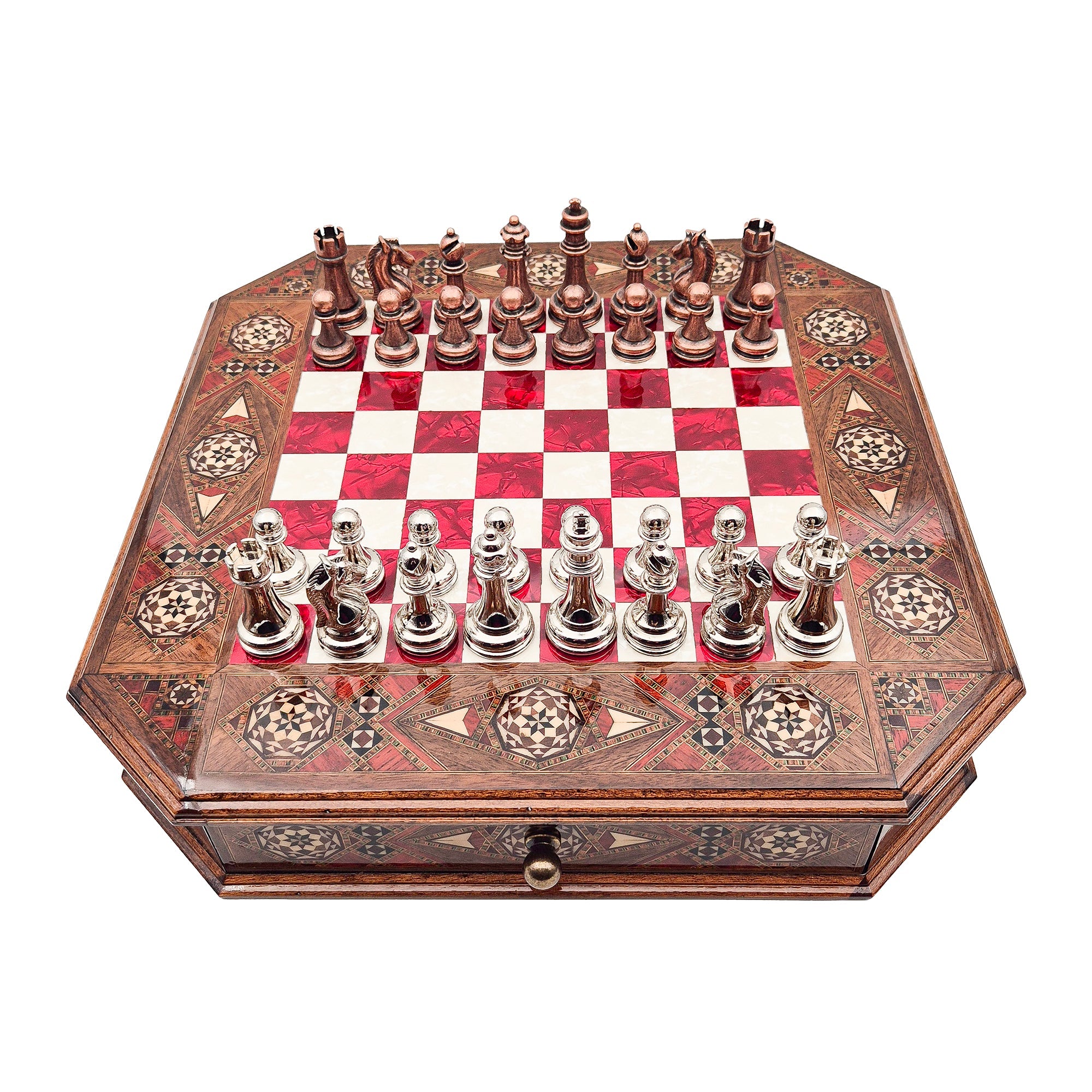
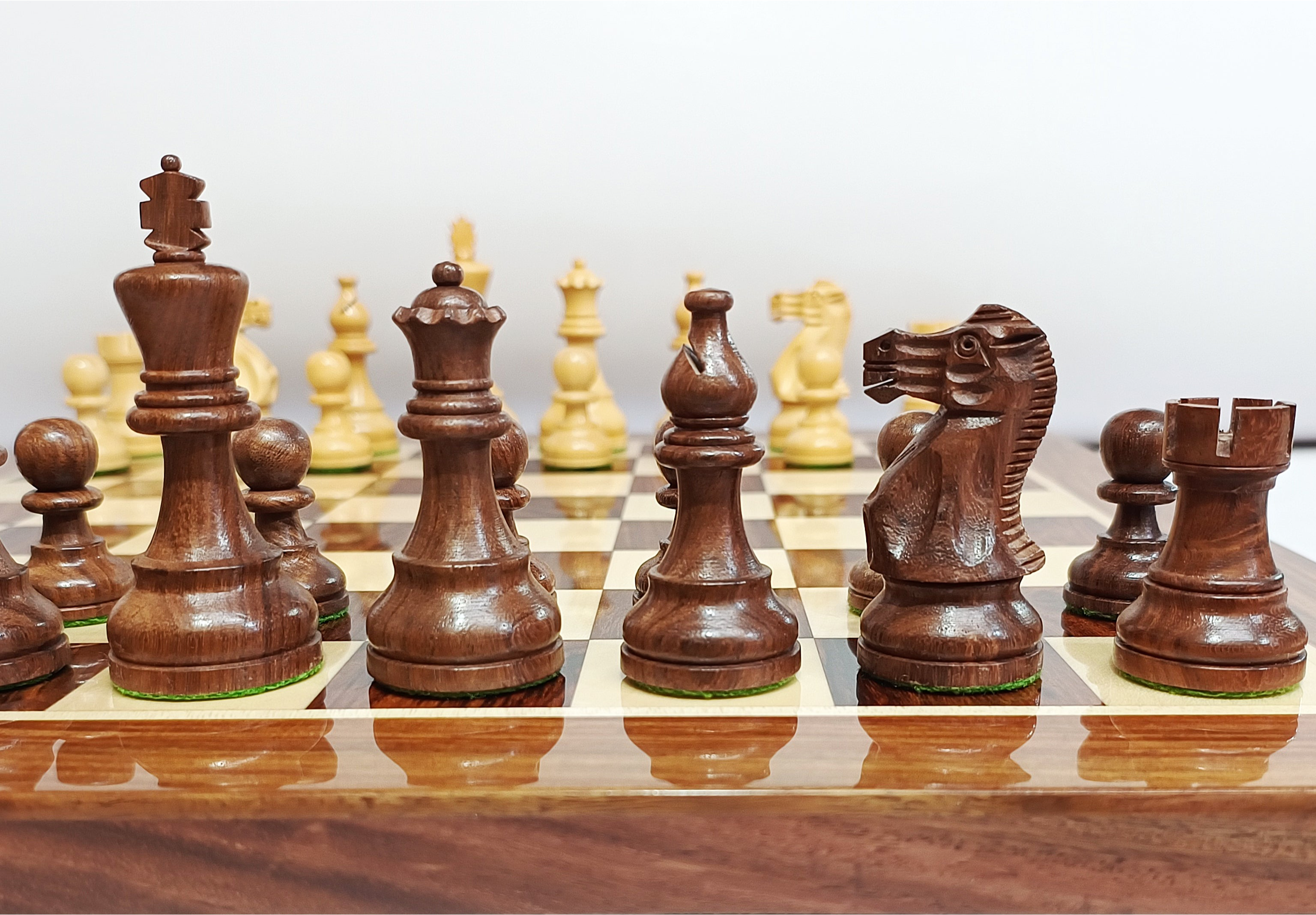

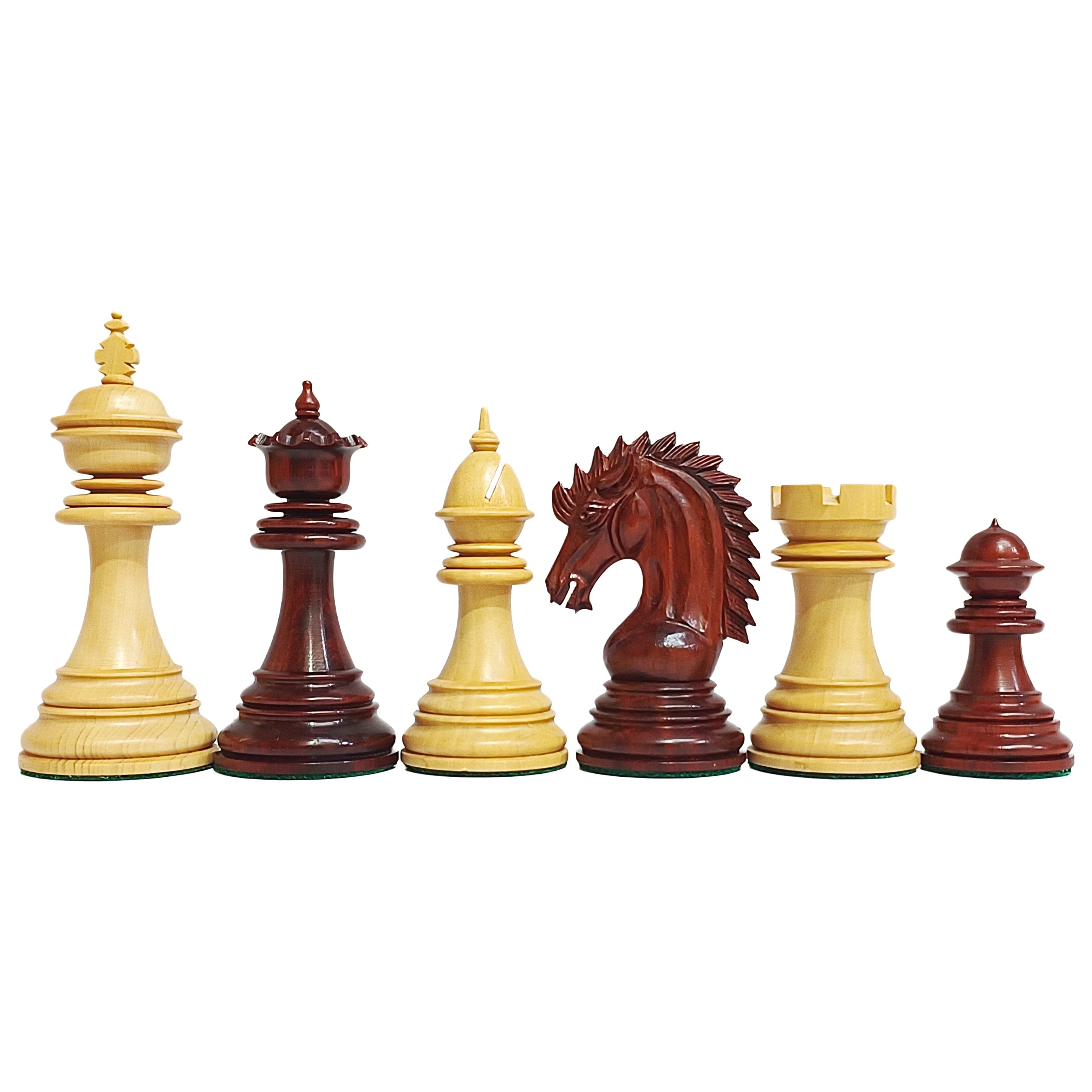
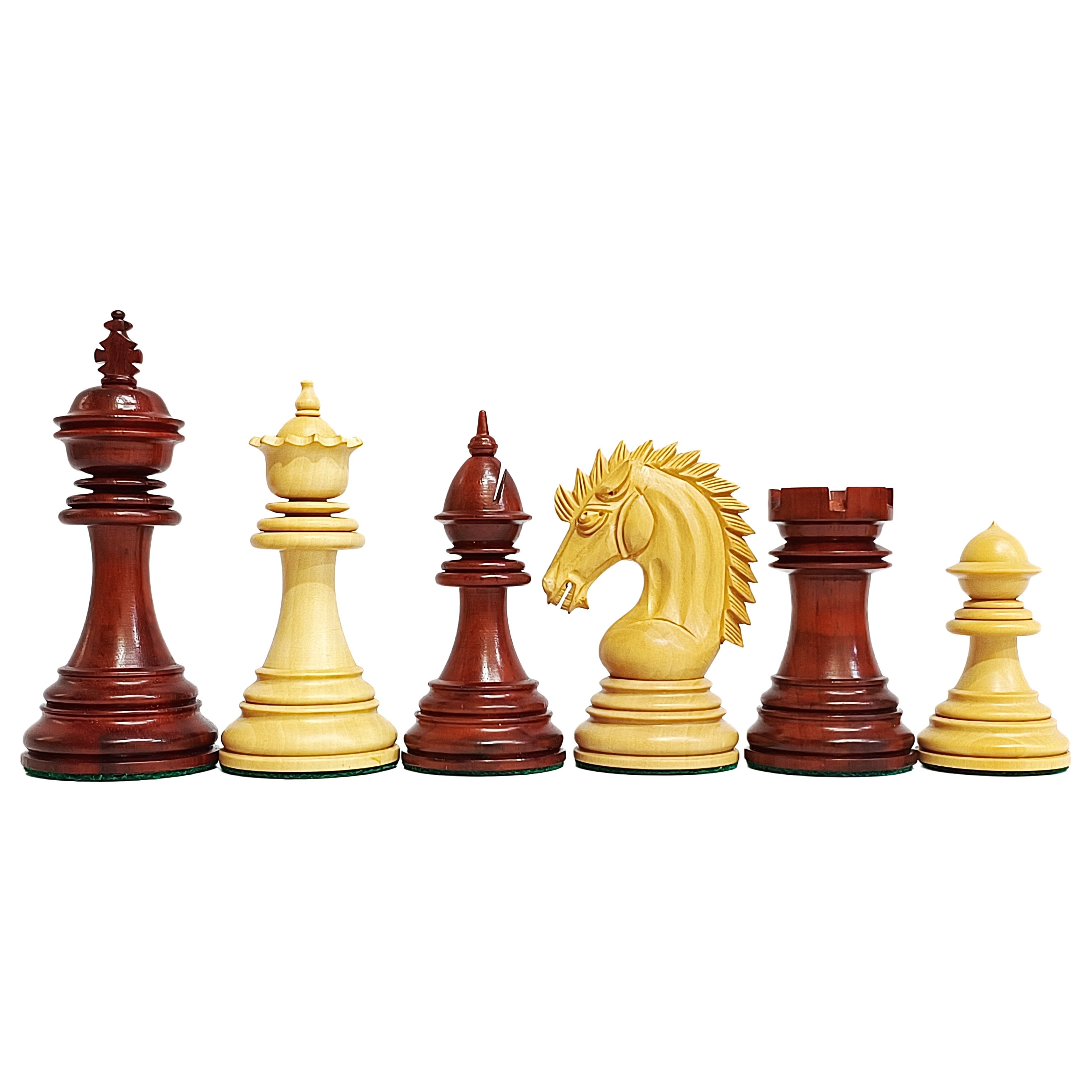


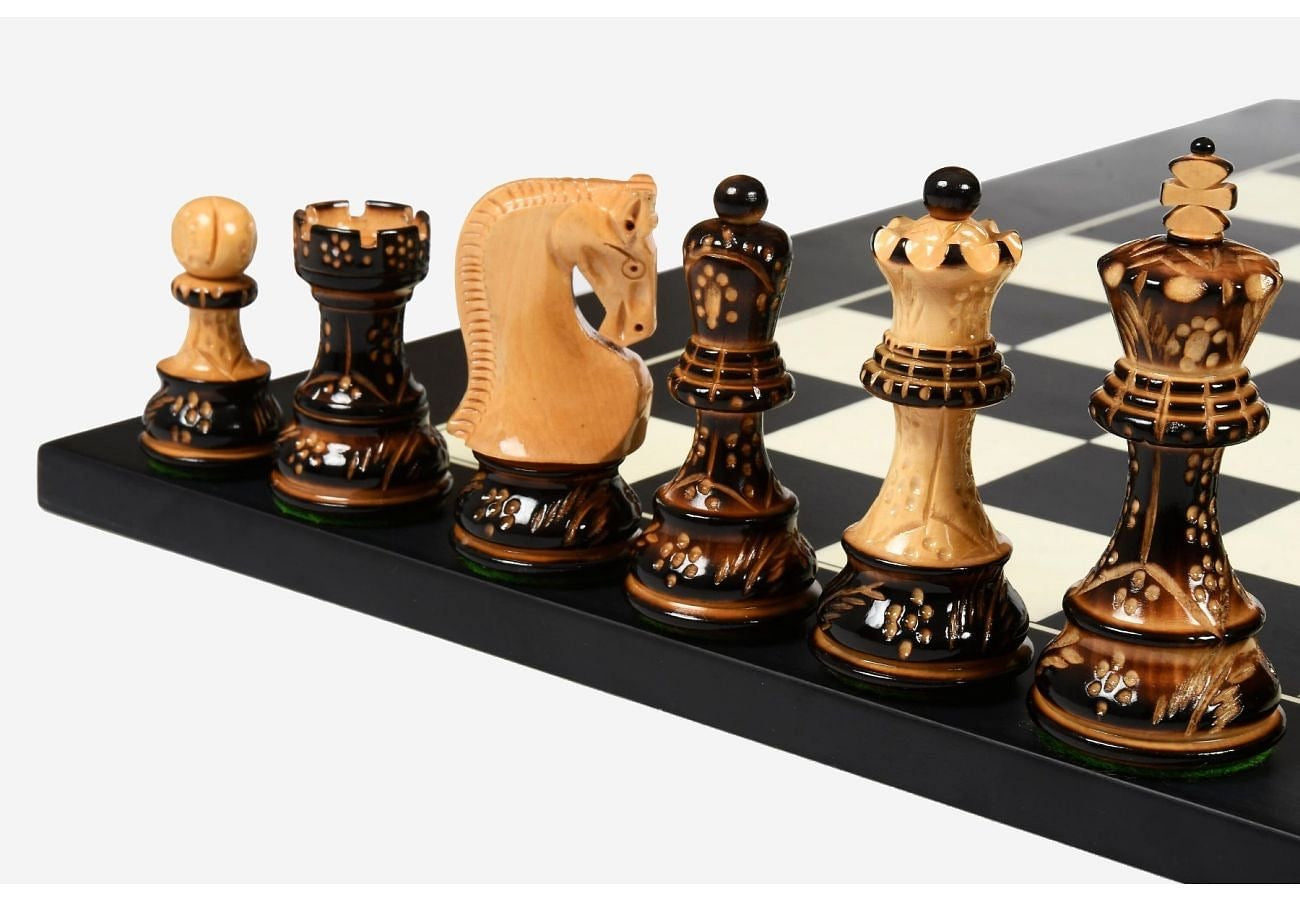
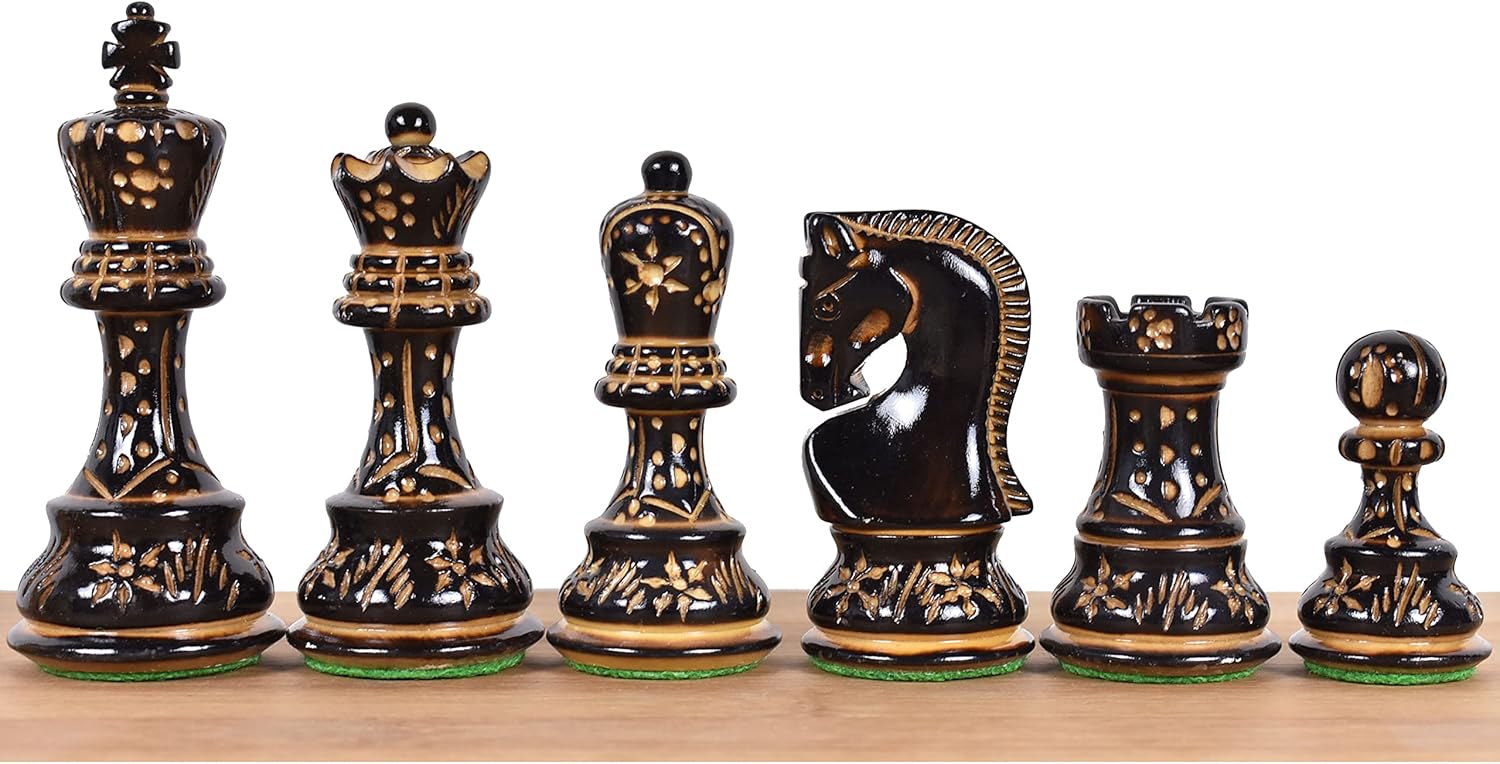
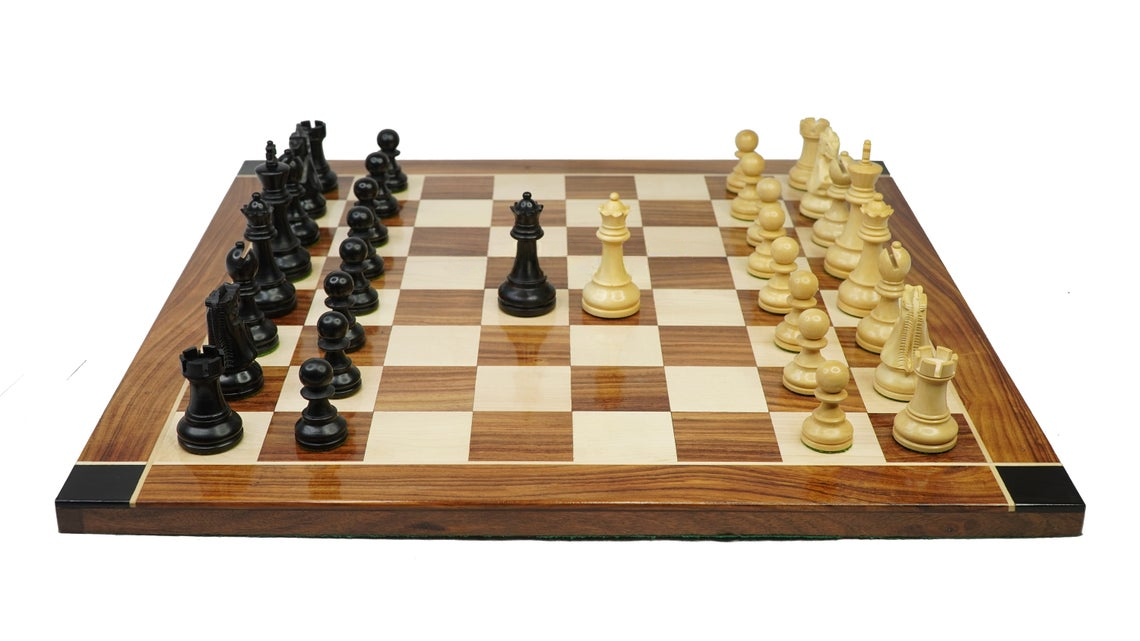

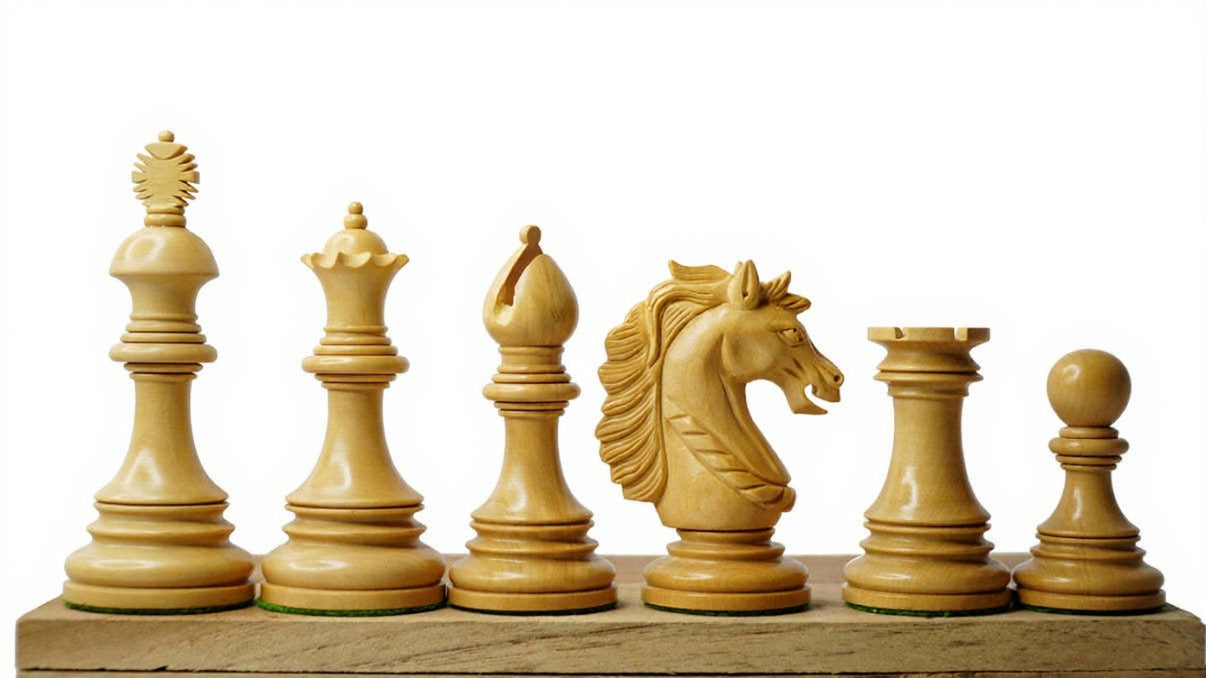
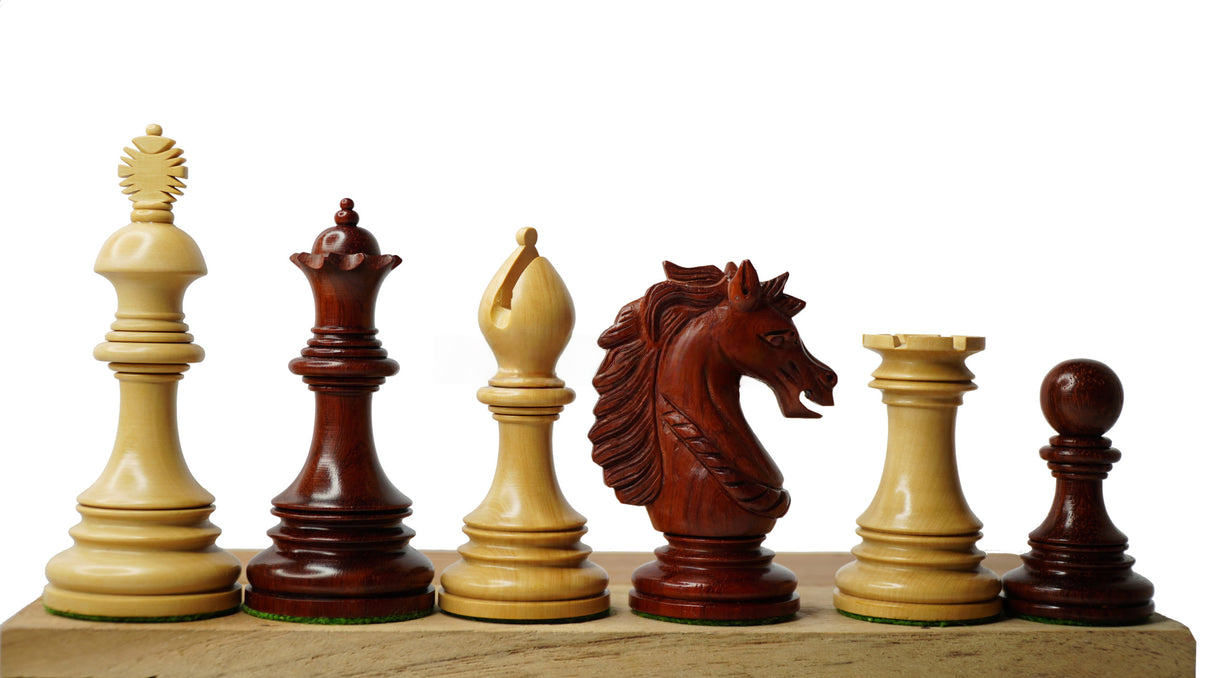
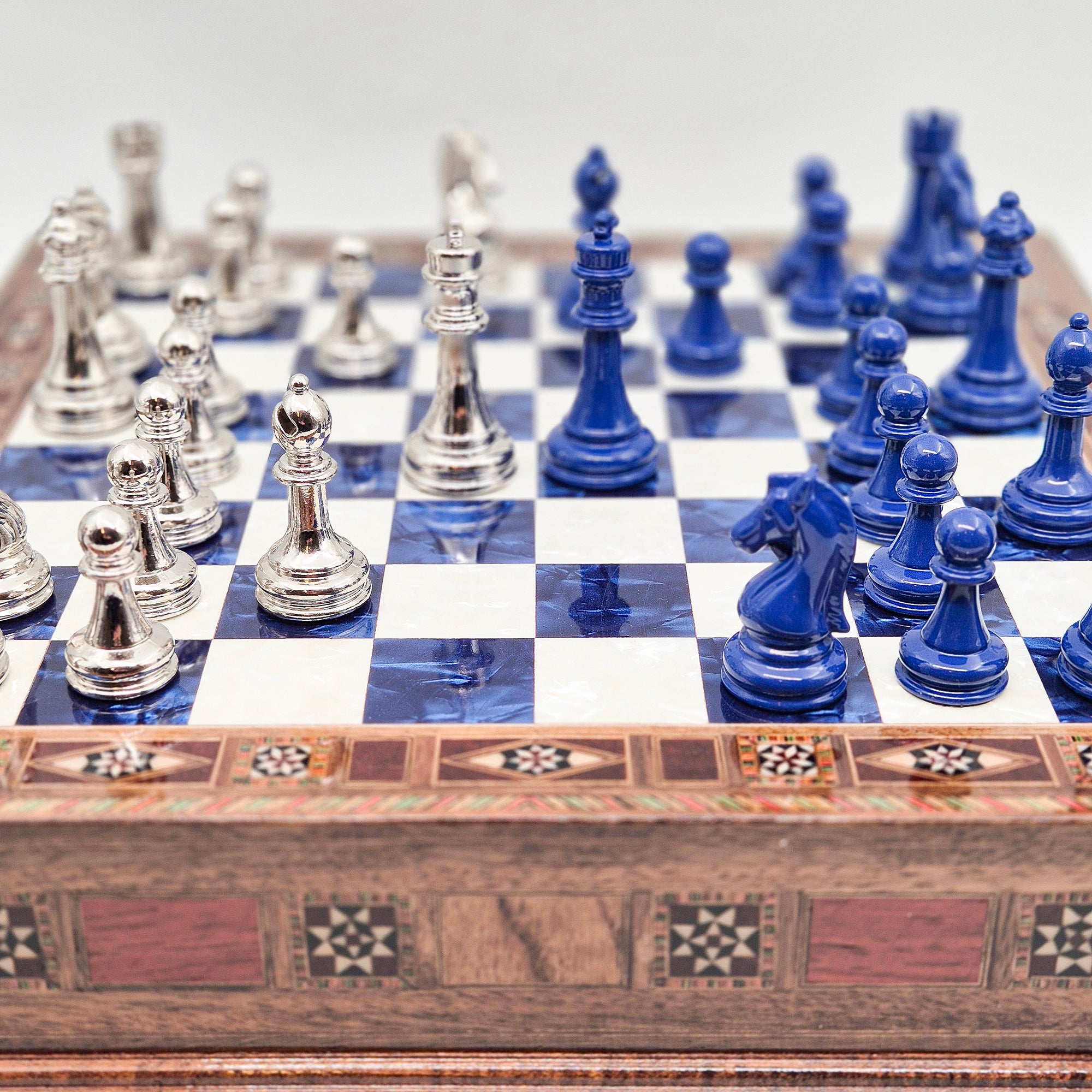


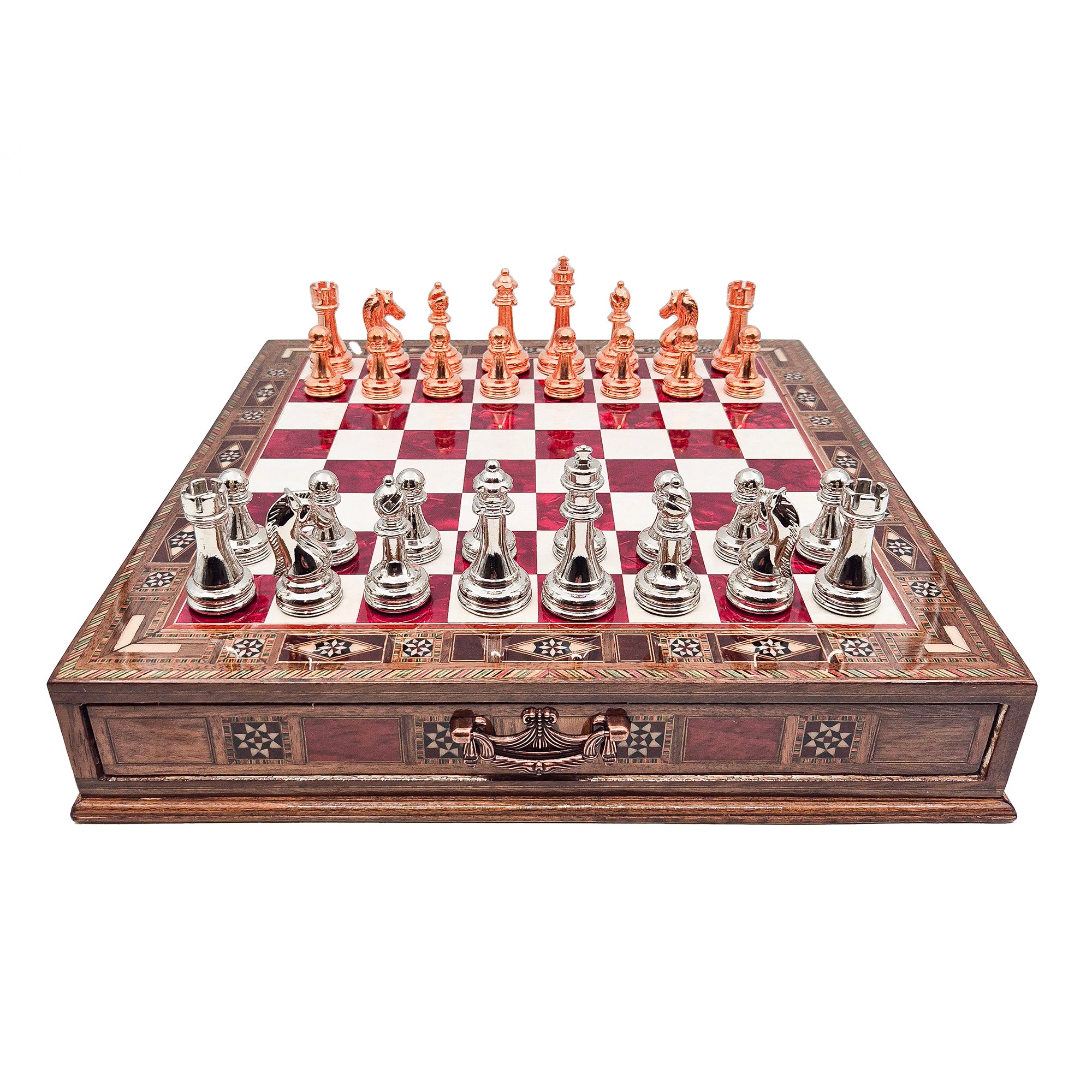
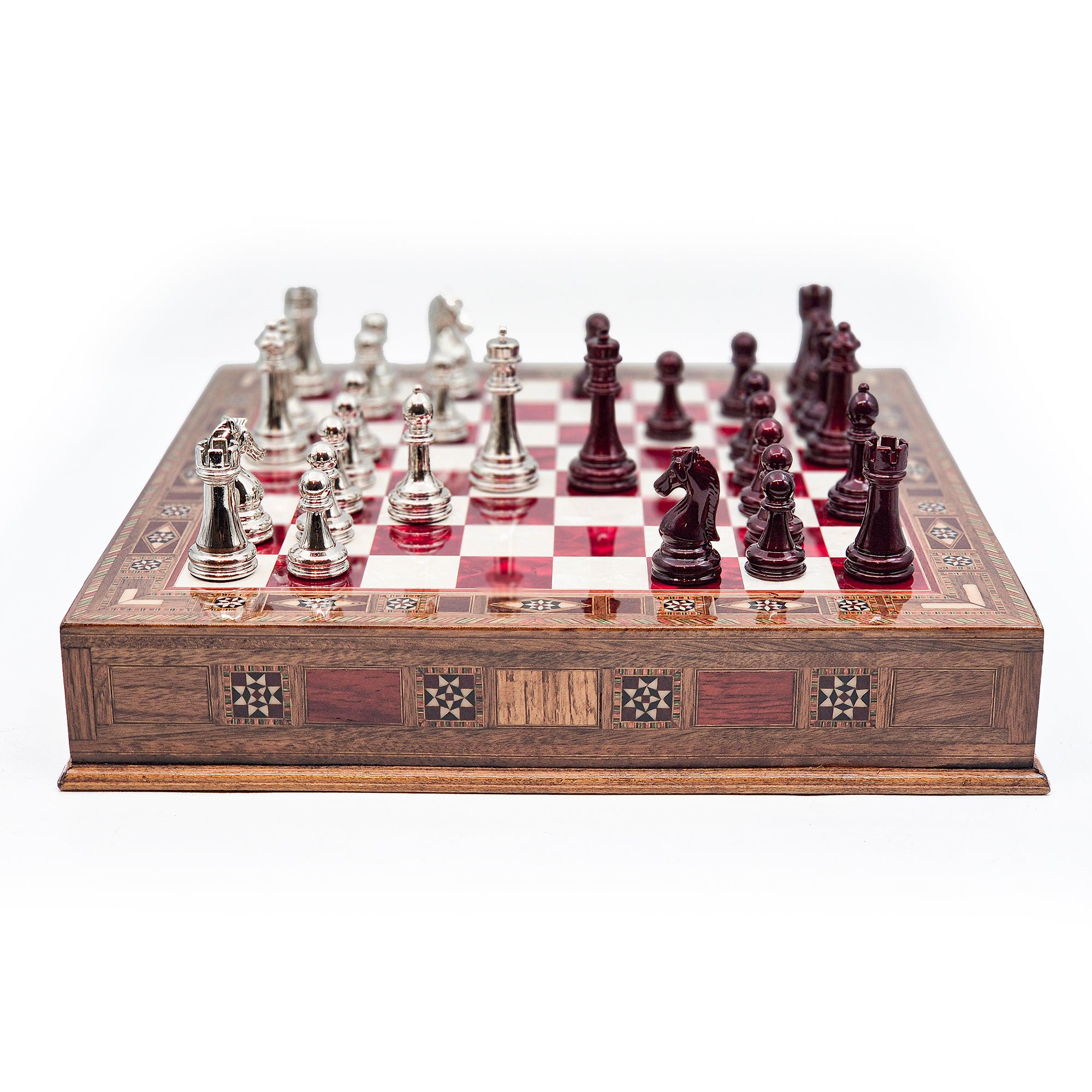
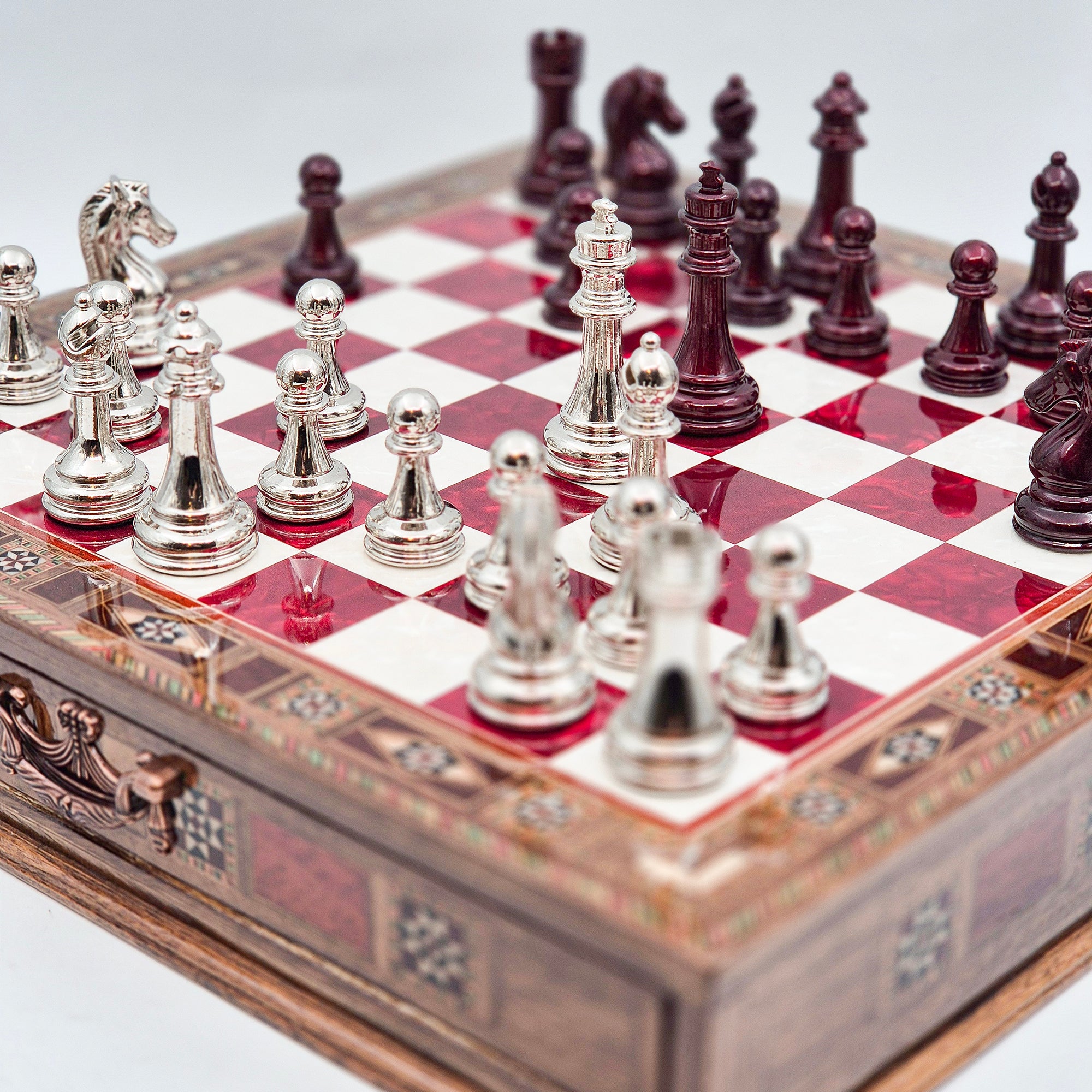
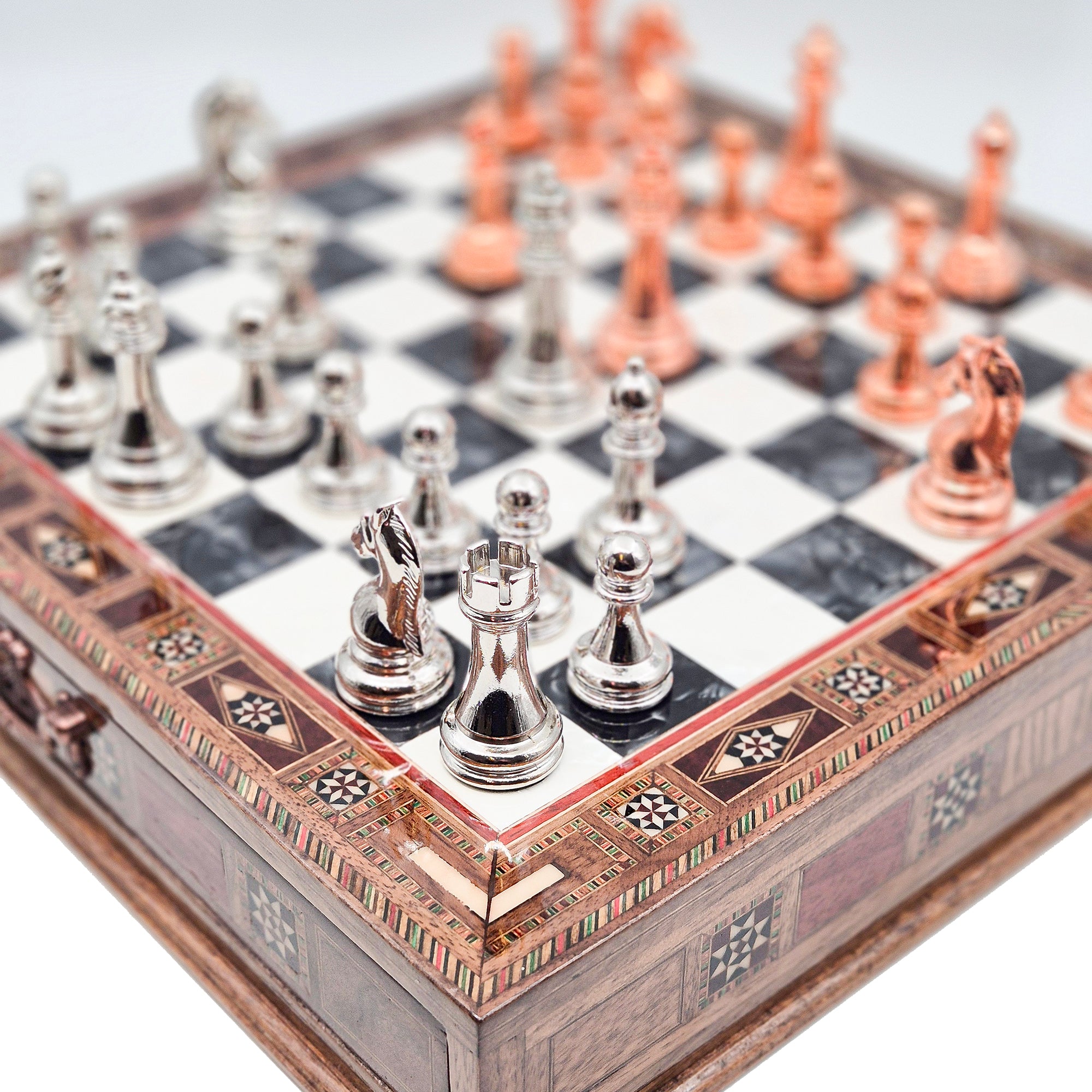
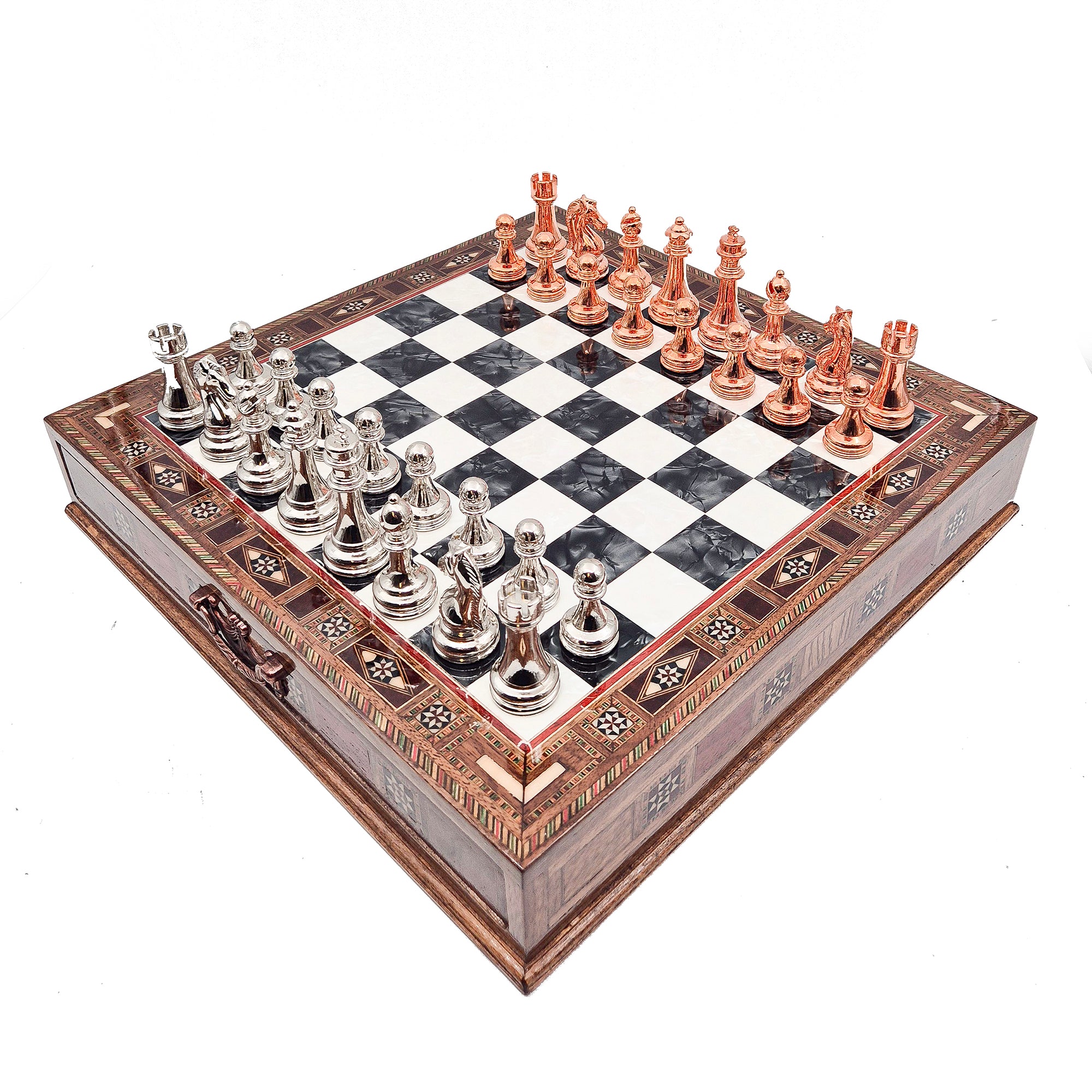


Leave a comment
All comments are moderated before being published.
This site is protected by hCaptcha and the hCaptcha Privacy Policy and Terms of Service apply.